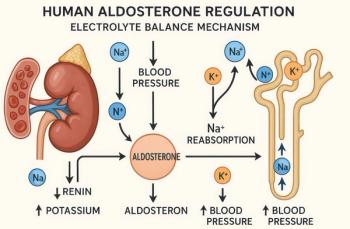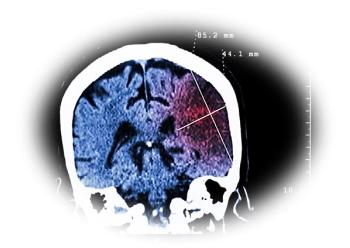
News|Slideshows|August 1, 2018
Cardiovascular Risk Assessment for Primary Care
Author(s)Veronica Hackethal, MD
Cardiovascular risk assessment is mostly science but also an art, in part. Get an at-a-glance review here of the risk factors and algorithms that combine both.
Advertisement
Newsletter
Enhance your clinical practice with the Patient Care newsletter, offering the latest evidence-based guidelines, diagnostic insights, and treatment strategies for primary care physicians.
Advertisement
Latest CME
Advertisement
Advertisement
Trending on Patient Care Online
1
Adult Stimulant Use Accounts for Most Recent Growth in ADHD Prescribing in Canada
2
10 Questions on The Holiday Spirit
3
Retatrutide Achieves Up to 28.7% Weight Loss and Marked Knee Pain Reduction in Phase 3 TRIUMPH-4 Trial
4
FDA Clears First At-Home Brain-Stimulation Device for Major Depression
5



















































































































































































































































































